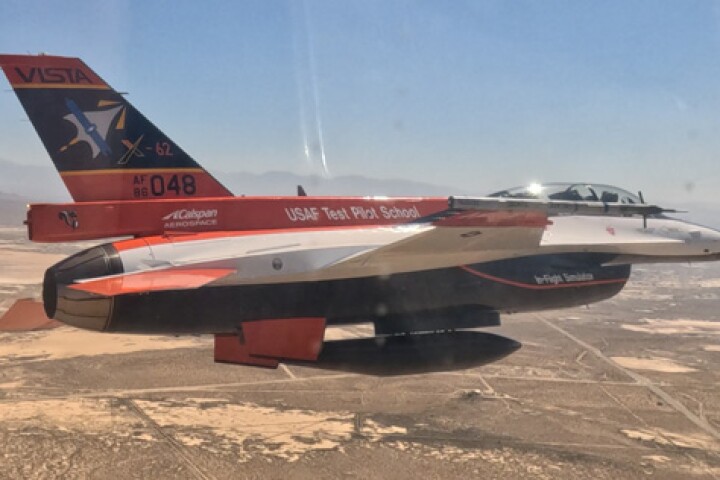Supernovae usually appear suddenly in the sky, but now astronomers have spotted one in advance. The telltale sign is a star with a “teardrop” shape, as it gets stretched out by the gravitational pull of a companion.
The star in question is designated HD265435, located about 1,500 light-years away. It’s a hot subdwarf star that’s likely the result of a much bigger star that’s previously thrown off its outer layers and stripped down to a core that’s now fusing helium. But weirdest of all is that its light varies in an unusual pattern, indicating that the star isn’t spherical but elongated like a teardrop.
The reason for this is a much smaller, dimmer but more dense companion lurking nearby. Closer examination revealed that the hot subdwarf is stuck in a very tight orbit with a white dwarf star, circling each other once every 100 minutes.
As it turns out, this configuration will ultimately spell their doom. Astronomers have found that the two stars are spiraling towards each other, and they will eventually merge into one. And when they do, they’ll trigger a massive explosion known as a Type Ia supernova.
This kind of supernova occurs when a white dwarf accrues too much mass to remain stable, and undergoes a runaway thermonuclear process. The hard line for this, known as the Chandrasekhar limit, is 1.44 solar masses – and this star system has a combined mass of 1.65 solar masses, meaning a Type Ia supernova is all but inevitable.
“We don’t know exactly how these supernovae explode, but we know it has to happen because we see it happening elsewhere in the universe,” says Dr. Ingrid Pelisoli, lead author of the study, “One way is if the white dwarf accretes enough mass from the hot subdwarf, so as the two of them are orbiting each other and getting closer, matter will start to escape the hot subdwarf and fall onto the white dwarf. Another way is that because they are losing energy to gravitational wave emissions, they will get closer until they merge. Once the white dwarf gains enough mass from either method, it will go supernova.”
Don’t bother pulling out your telescope just yet though – the astronomers estimate that the system won’t explode for another 70 million years.
The research was published in the journal Nature Astronomy.
Source: University of Warwick




